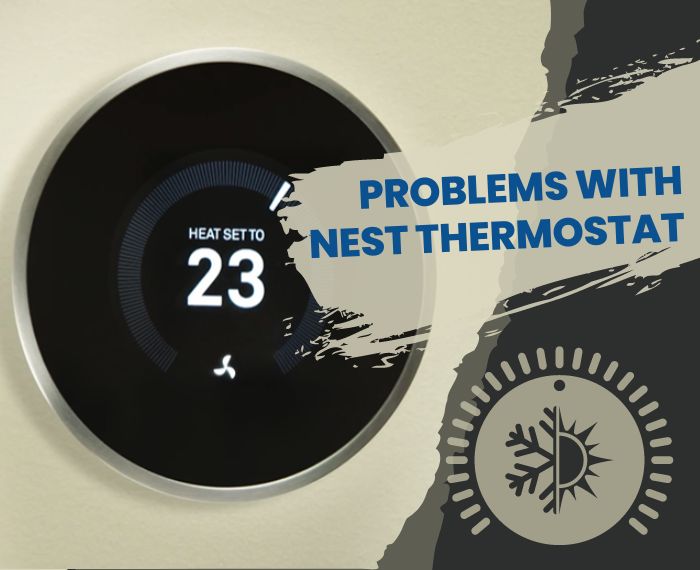Nest Thermostat has been famous across the market for its performance and heating efficiency, however, with this smooth functionality, you can still experience some hiccups (especially at times when you need it the most). Most commonly, these problems come with battery and power issues.
These problems can result in a lack of functionality, lagging, and display issues. This can also make the Nest system unresponsive and eventually can shut down. Likewise, these problems can project themselves in different forms. However, you need not worry, as here are some of the common problems with the Nest Thermostat and how to troubleshoot these. So, let’s get in.
Following are some common problems;
- The vents release hot air.
- There is no power in the Rh wire.
- Absence of the C wire.
- Low battery issues and delayed mode.
- Issues with Wifi and short cycling.
The Vents Release Hot Air
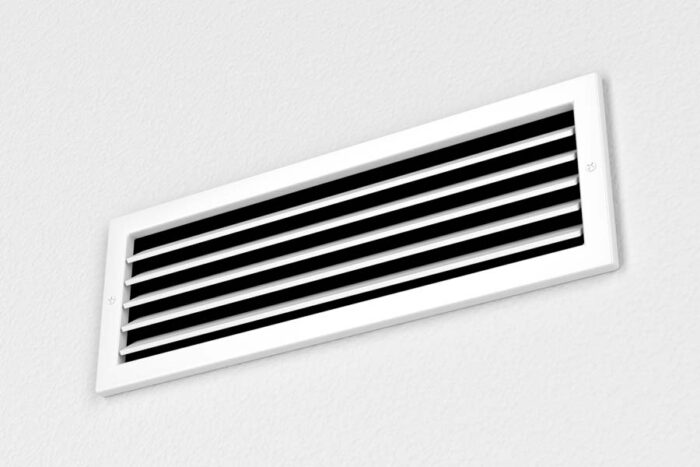
The first and foremost thing that can go wrong with your thermostat is that it is blowing hot air instead of cold air, largely because of its improper wiring. Another thing that could potentially go wrong was that you must’ve followed the wiring of your old thermostat instead of the heat pump row.
Hence, need not worry as it can easily be solved. For this purpose, you can relabel the wire and correct the heat pump side. Here, make sure that your beakers are off and you have checked your thermostat’s compatibility with the help of the Nest Compatibility Checker. You can also use an interactive wiring guide that comes with the packaging to fix the wiring easily.
If There is No Power to the Rh Wire
Another reason that your thermostat is not working might be because of the Rh wire alert. You can figure this out by looking at the E74 report that shows a signal of ‘No Power to the Rh Wire Alert.’ Here are a number of reasons that could’ve caused this damage;
- The primary cause of this could be that one of your beakers might’ve tripped. For this, check that all the beakers are functional and on. If there is any problem, switch it to the other beaker and check whether the system is now powered.
- It can also be because of the poorly connected wires (Rc as well as Rh wires). These wires are commonly used to separate the thermostat, but if you only have one wire, it most probably is not working. For this, make sure that the Rc port has a red wire and vice versa.
- A blown fuse in the handler can also be a potential cause of the fuse. For this, make sure you have replaced this fuse, and the system is powered on after this.
Low Battery Issues
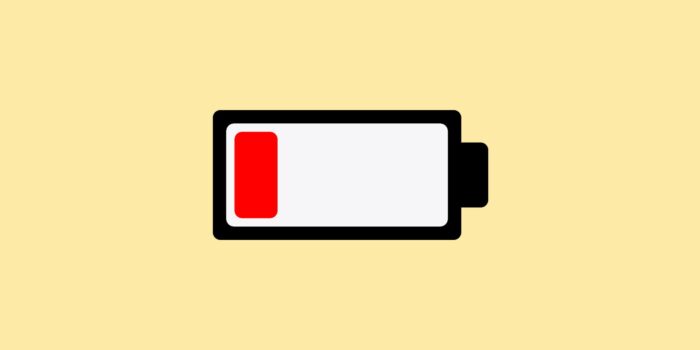
Similarly, if your Nest Thermostat is having difficulty in basic functionality like connecting to Wifi or powering, it can be because of the low battery issues. To figure out whether your thermostat has this issue, follow these steps;
- Go to ‘settings’ and then choose the option of power settings.
- Following this, go to the battery level and lin voltage. If your battery is above 3.6V, you are good to go further. Likewise, if your line level is above 20mA, it is in good shape.
In contrast, if you have some power issues, you can follow these three tricks;
- Charge the Nest with the help of the USB cable for at least two hours to make it better in performance and responsiveness.
- Use a 24V common wire transistor by connecting one side to the Rh terminal and the other one with C; this will provide you with a boosted performance.
- Finally, you can use a G wire in the HVAC system by putting it in a C terminal. This will make sure that your Nest is working properly.
If Your Thermostat Gets Too Hot or Cold
Similarly, another reason for your Nest being not responsive and lacking functionality is the absence of the Common (also known as C wire). Although the system is run by a Lithium-ion battery and has the ability to function without a C wire, it can only recharge while the system is running. Hence, the small breaks in between can cause a sudden battery loss, making it lag.
To correct this, you can either;
- Remove the G wire and plug this alternative in the C terminal within the HVAC system. This will make sure that the battery is getting charged even while the system is not running.
- Or run a new wire in your home with unfinished floors.
The Thermostat is Blinking
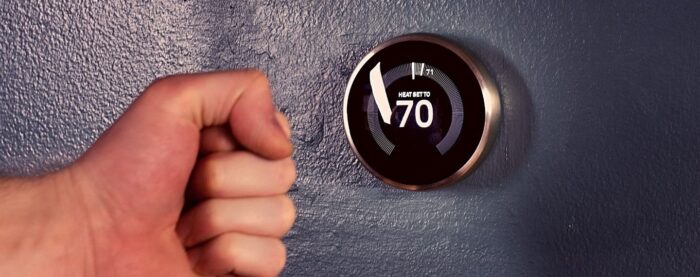
If you have recently noticed a green light blinking on your Nest system, it is primarily because of a sudden software update. This will usually last for two minutes, and after this, your thermostat will restart. However, if it doesn’t normally stop and keeps on blinking, your Nest system is not responding most probably. To solve this, remove the system from the base and reconnect it. Then, restart it, and you are set to go.
Frequently Asked Questions
Why does my Nest stop cooling?
The most potential cause why the Nest thermostat is not cooling is the absence of the C or connected wire. This can result in battery loss within the NVAC mechanism while the system is not running. It can influence the performance of the display or even the Wifi. To solve this, make sure that the C wire is connected or you are using an alternate G wire in the C terminal.
Why is my Nest thermostat not working?
The most common problem with your Nest thermostat can be related to power or battery issues. If you have some battery issues, it is most likely that the system has stopped responding or is extending the life by turning off the wifi or display function. Likewise, if the system has stopped recharging itself, it can potentially shut down.
What does resetting the Nest thermostat do?
The most promising solution to any common problem with your Nest thermostat is to reset it. It helps you in erasing all the options you have chosen and personal information and can reset the settings to their previous form. Likewise, if you want to change the location of your system, it is recommended that you reset it.
Final Thoughts
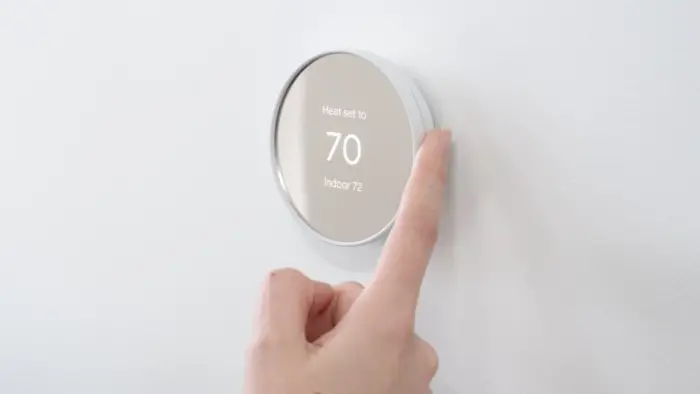
Finally, if your Nest is projecting some issues that need troubleshooting and solution, you need not worry. These problems can result in a lack of functionality, lagging, and display issues. This guide incorporates everything you need to know about these issues.
Related Posts:
- Can I use CorningWare instead of a Dutch Oven (Yes and no)?
- What Is the Difference Between Barbacoa and Carnitas?
- Are Grocery Store Eggs Fertilized? (Differences and…
- What is the Difference Between Indian and Nepalese Food?
- Yedi Air Fryer 2022 Review and Buying Guide
- 7 Best Pellet Grill under $400 2022 - Review and…
